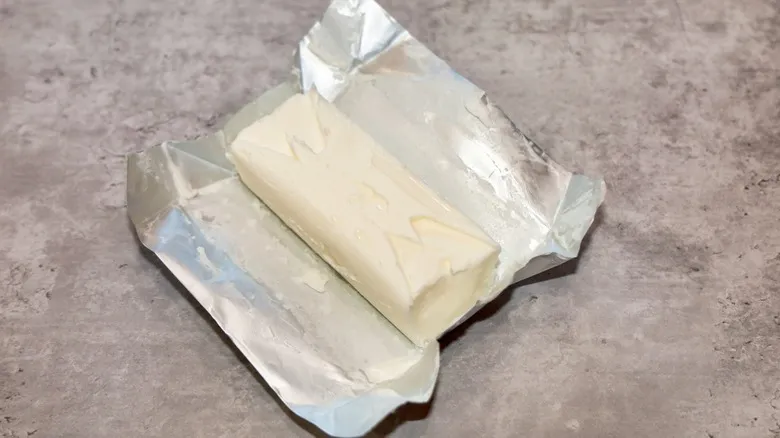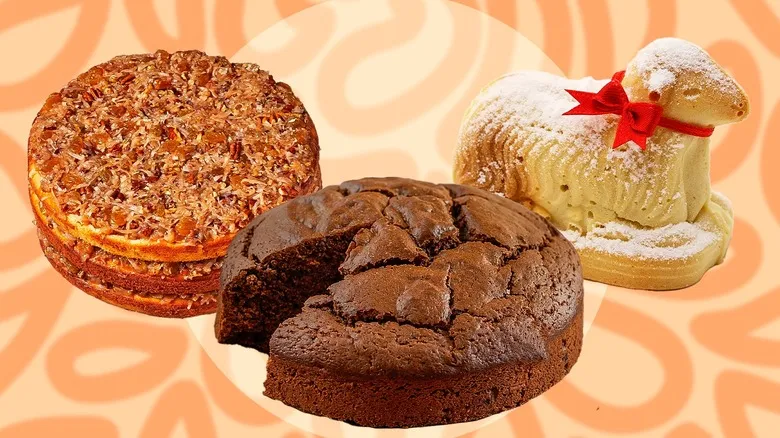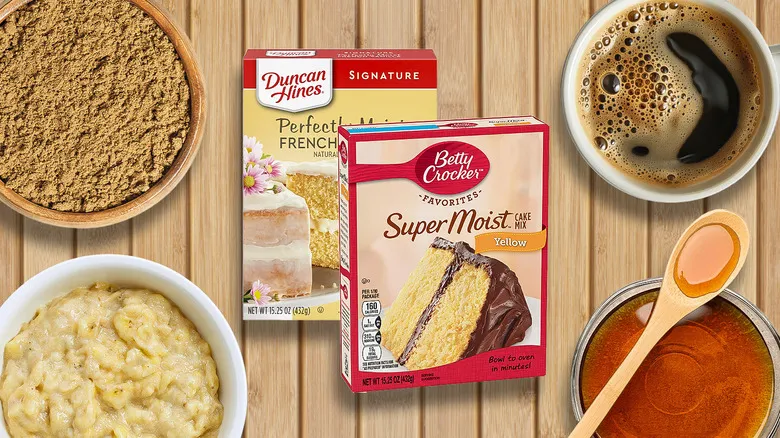Baking pie crusts with butter

While we typically associate the term "shortening" with vegetable shortening, it's important to note that butter is also a form of shortening. In the context of baking, "shortening" refers to any fat that creates a "short" texture in dough, which is a traditional term for flaky. Compared to other shortenings like vegetable shortening or lard, butter is less effective at producing a flaky crust. This is due to the fact that butter, derived from milk fat in cream, contains about 80% fat, while shortening and lard are composed of 100% fat. However, butter offers a unique advantage: its flavor.
Christina Tosi states, "I go all butter if it will lend itself to flavor," highlighting rich dishes such as peanut butter pie and quiche as excellent examples. Butter adds a deep flavor to pie crusts and enhances the taste of other rich ingredients like chocolate and spices. Additionally, butter has a small amount of milk solids that caramelize during baking, resulting in pie crusts that tend to brown more beautifully than those made with shortening. For the best results with a butter-based crust, consider the fat content. The fat percentage is a crucial factor in butter, and a higher fat content contributes to a flakier pie crust.
Baking pie crusts with vegetable shortening

Christina Tosi prefers using shortening in her pie crusts for a "fruitier" result, highlighting vibrant flavors like sour cherry. This choice is effective because vegetable shortening is a neutral fat, lacking any distinct flavor. This makes it ideal for light, fresh tastes like fruit, which could be overshadowed by the richness of butter. However, it's important to note that vegetable shortening does not contribute any flavor to the crust.
Additionally, vegetable shortening contributes to a flakier crust compared to butter. Since vegetable shortening is simply hydrogenated vegetable oil and is composed entirely of fat, it plays a crucial role in pie crusts by preventing gluten development. While gluten is beneficial for bread, it can ruin pie crusts by making them chewy. Being 100% fat, shortening is also more stable than butter and can effectively trap air pockets. This is why shortening is key for achieving fluffy frosting and creates air gaps that enhance the flakiness of the crust. While you may sacrifice some flavor, you gain in texture. If you're torn between the two, you can always take Tosi's suggestion and use a 50-50 blend.
Recommended

Borrow An Ingredient From Your Bar Cart For Moister Cakes

17 Nostalgic Cakes You Probably Forgot Existed

17 Hacks To Make Store-Bought Cookie Dough Taste Homemade

How To Make Boxed Cake Mix Taste Homemade With 13 Unique Ingredients
Next up

